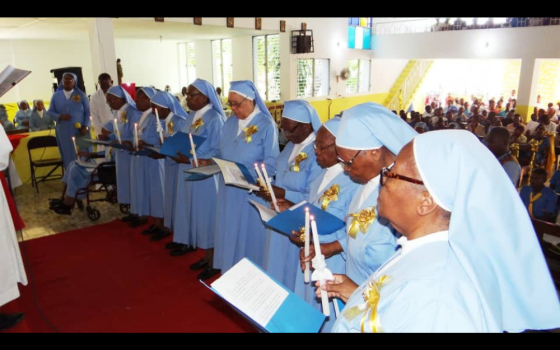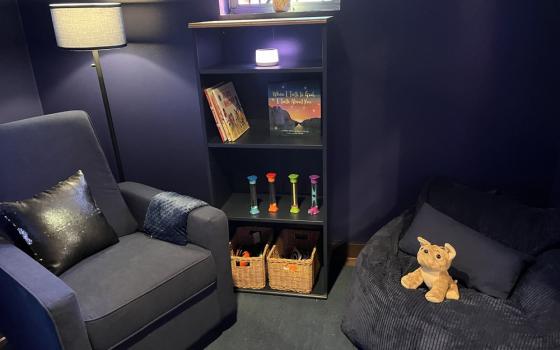Heading into the holiday weekend, I can't help but think about the three predictable questions I will probably be asked over the Thanksgiving table: Do you have a job lined up for next year? Are you dating anyone? What do you think about the president's executive action on immigration?
The first two questions can be answered with a no, but if anyone has any leads, let me know. The third question is more complicated. I know President Barack Obama's action won't untie all the knots that entangle our nation's broken immigration system. It's a starting point, but to hit at the heart of the issue, we must look at the most basic questions about immigration to the United States. Perhaps most importantly: Why do people come here?
We know that people seek jobs and educational opportunities in the United States. We know that the draw of reuniting with family brings people to this country. We also know that people often migrate to flee the violence of gangs and organized crime as well as corrupt and abusive police forces.
As we head into a weekend where we give thanks for our nation, it saddens me to know that the United States often exports this violence to other parts of the world.
One push factor that's missing from the conversation is that the United States funded the School of the Americas.
The School of the Americas is a combat training school for Latin American soldiers. Although it began in Panama in 1946, it was moved to the United States in 1984 after the former Panamanian president called it "the biggest base for destabilization in Latin America." Since then, students of this school have been taught military techniques, including practices of extortion, torture and execution.
Graduates of this school are intimately tied to some of the worst human rights violations in Latin America, including the massacre at El Mozote in El Salvador; the assassination of Salvadoran Archbishop Oscar Romero and, later, the six Jesuit priests along with their housekeeper and her daughter; and the founding of the drug cartel Los Zetas. Graduates include oppressive generals, dictators, and death squads and have been tied to extreme violence all across Central America.
In 2001, the School of the Americas was renamed the Western Hemisphere Institute for Security Cooperation, and it continues to operate in the same capacity today.
This school, often referred to as the "School of the Assassins," continues to breed violence and destabilization in Latin America, especially in the "Northern Triangle" countries: El Salvador, Guatemala and Honduras. The majority of children and families that arrived at the border this year were fleeing these three countries.
How long will the United States complain about the "immigration problem" while simultaneously funding the violence that causes people to flee?
It's been going on for over 30 years. SOA Watch held its 25th vigil last weekend, calling for the closing of this violence-inducing institution.
So to answer the third predictable Thanksgiving question -- What do I think about the president's executive action on immigration? -- I like it. But we need further executive action: Close the School of the Americas.


